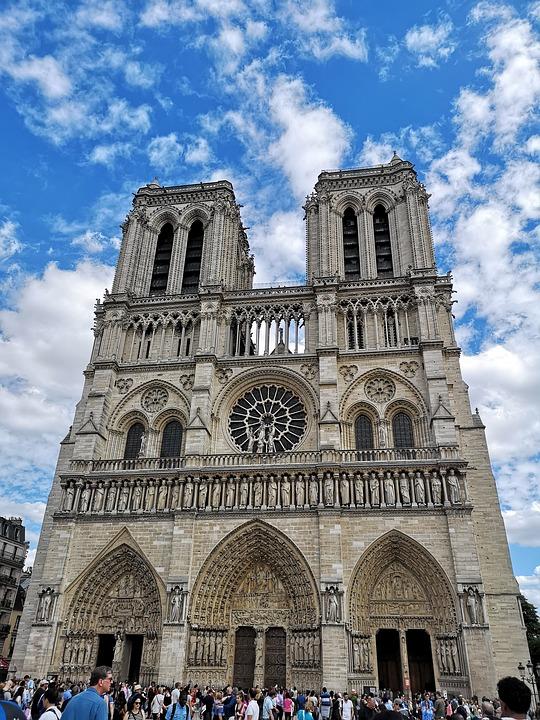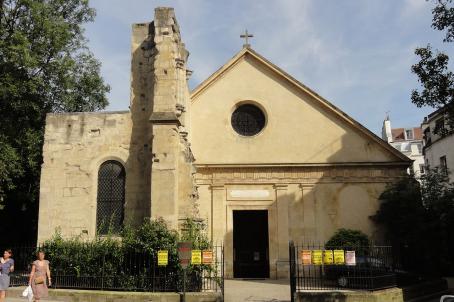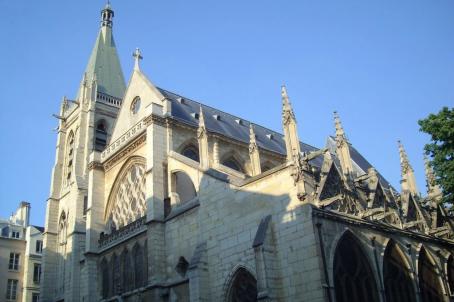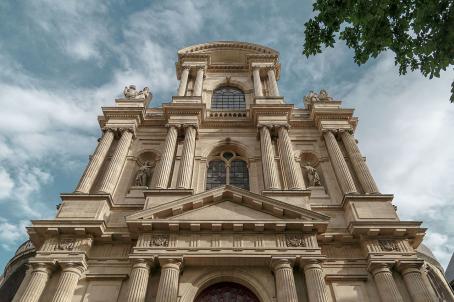Notre Dame de Paris

Notre Dame is one of the most eminent churches in the world, and the symbol of the city of Paris. It has become the theatre to some of the most notorious novels in literature, celebrated by writers and artists including Victor Hugo. The cathedral was built by the meanderings of the river Seine- in the Île de la Cité- in the early days of the gothic era. Although the monument is a great example of early gothic style, the influence of the Romanesque school is still visible. In 2019, the church was badly damaged by a fire.
About this building
6th century: construction of the old cathedral during the episcopate of Germain (558-576), and perhaps at the initiative of King Childebert I (511-558).
1160: Maurice de Sully appointed Bishop of Paris launched the project to rebuild a new cathedral to the east of the old one, in order to free up a large area that would form a huge square.
1163-1220: Construction of the Gothic cathedral.
1210-1220: construction of the new facade (including the three gates).
1220-1230 : enlargement of high windows, modifications to roofs and buttresses)
1250: extension of the transept arms and construction of their facades
1250-1350: construction of the side chapels.
In the 14th century, the monument acquired its definitive appearance.
1844: restoration work on the sculptures of Notre-Dame entrusted to Viollet-le-Duc (and Lassus). The company lasted more than 20 years.





